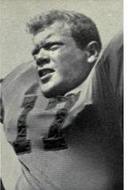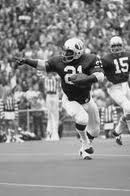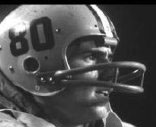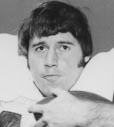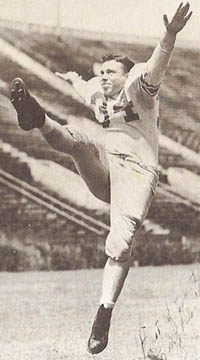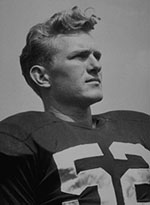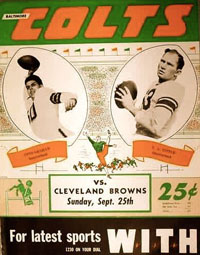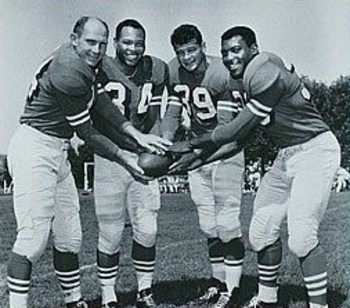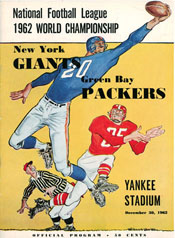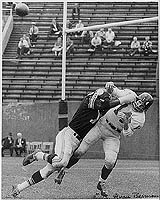|
CONTENTS "Give Them My Regards in Baton Rouge" "Football Is Strictly an Afternoon Game" When Washington Came to Tiger Stad When Idaho Came to Tiger Stadium Tiger Profile: Y. A. Tittle - I Tiger Profile: Y. A. Tittle - II Tiger Profile: Y. A. Tittle - III Tiger Profile: Y. A. Tittle - IV Tiger Profile: Y. A. Tittle - V Tiger Profile: Y. A. Tittle - VI Tiger Profile: Y. A. Tittle - VII Tiger Profile: Y. A. Tittle - VIII Tiger Profile: Y. A. Tittle - IX
|
"Give Them My Regards in Baton Rouge"
Tiger Profile – Y. A. Tittle - I
|




























